Results
-
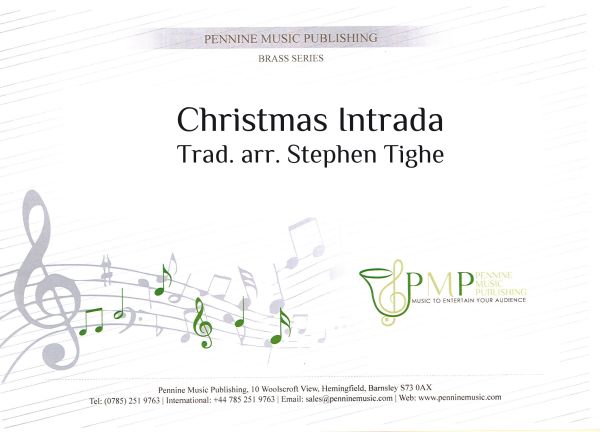 £24.50
£24.50Christmas Intrada
Estimated dispatch 7-14 working days
-
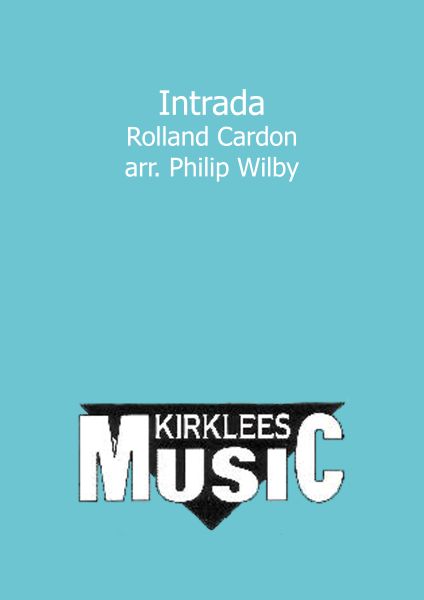 £19.50
£19.50Intrada
Estimated dispatch 7-14 working days
-
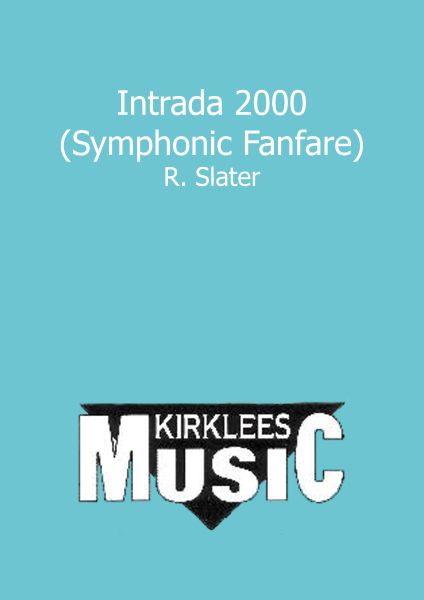 £19.50
£19.50Intrada 2000 (Symphonic Fanfare)
Estimated dispatch 7-14 working days
-
£25.00
INTRADA 2000 (Symphonic Fanfare for Brass) - R.Slater
Estimated dispatch 7-14 working days
-
£44.95
INTRADA (Brass Band Set) - Edward Gregson
Estimated dispatch 7-14 working days
-
£60.99
Intrada Festiva (Brass Band) - Stephan Jaeggi
Estimated dispatch 5-14 working days
-
 £38.50
£38.50 -
 £50.90
£50.90 -
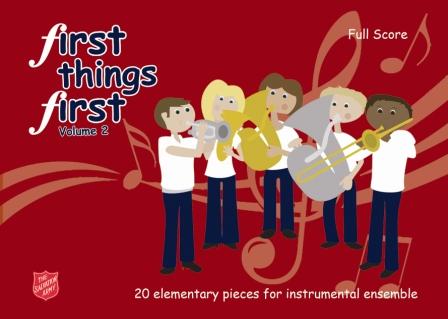 £19.95
£19.95First Things First Vol.2 Full Score
Following the success of Volume 1, here is Volume 2 containing 20 new pieces:Chorus Arrangement - Clap your Hands (Derick Kane)Easter Intrada (Nicholas Samuel)Father, we adore you ((Ralph Pearce)March - Give thanks to the Lord (Trevor Davis)Happy all the time (Martin Cordner)March - Hold On! (Erik Silfverberg)Holy Ground (Trevor Davis)Prelude - In this place (Nicholas Samuel)Marching Saints (Ralph Pearce)New Life (Ray Steadman-Allen)Intrada - O come. all ye faithful (Andrew Blyth)Send the Fire! (Erik Silfverberg)Soon and very soon (Derick Kane)March - Stand up for Jesus (Noel Jones)Song Arrangement - Thank You! ((Andrew Blyth)The Lord's my shepherd (Ray Steadman-Allen)There is a redeemer (Dean Jones)We give thanks (Ralph Pearce)Winter's Rock! (Andrew Blyth)Wonderful Lord (Martin Cordner)
Estimated dispatch 7-14 working days
-
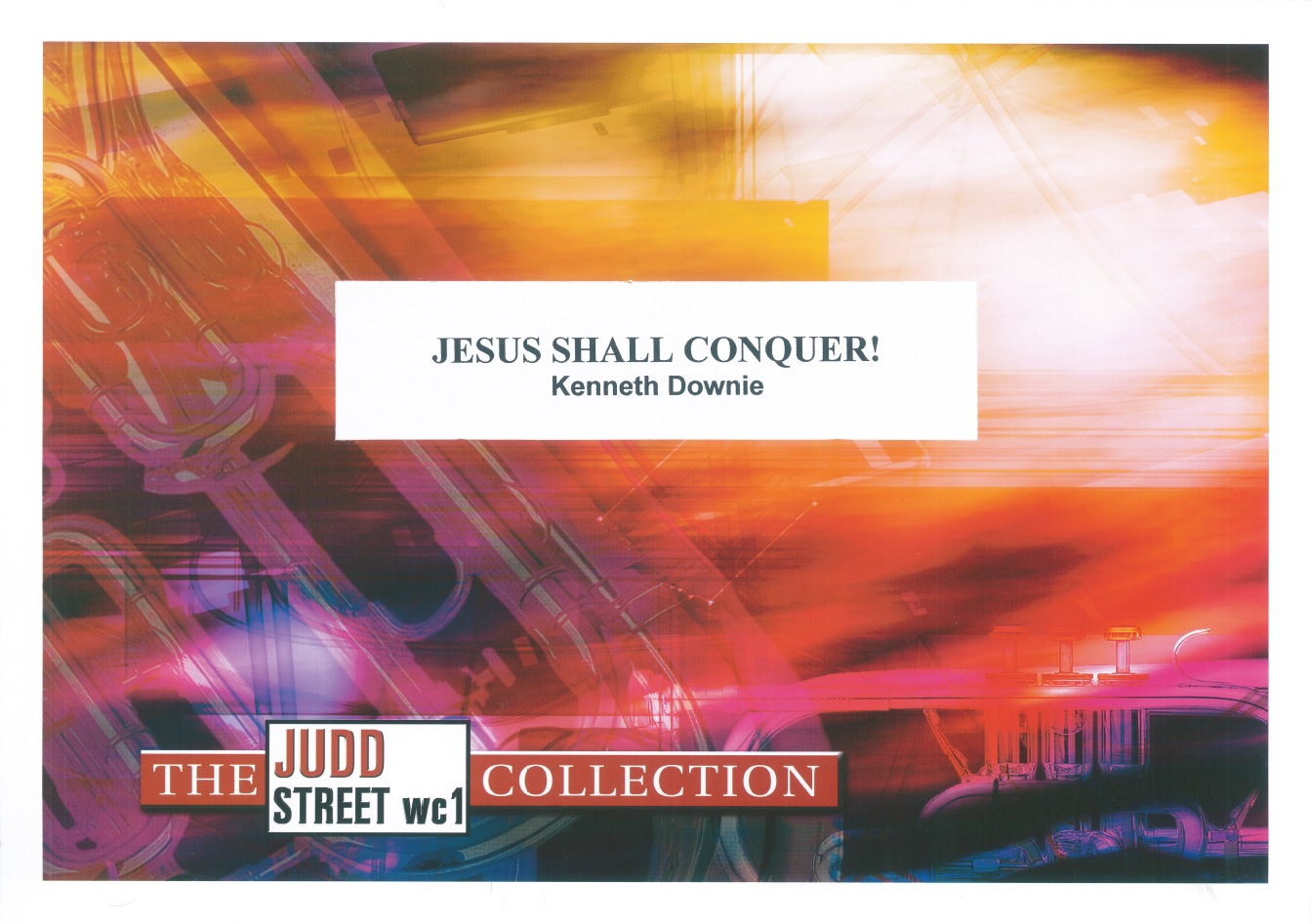 £34.95
£34.95Judd: Jesus Shall Conquer
This music was written for Salvation Brass. It is declamatory in style and would fit the role of an intrada. The words associated are by a former General of The Salvation Army, Albert Orsborn, and have a very optimistic tone, consistent with the Christian faith. The chorus reads: Jesus shall conquer, lift up the strain!Evil shall perish and righteousness shall reign.
Estimated dispatch 7-14 working days
